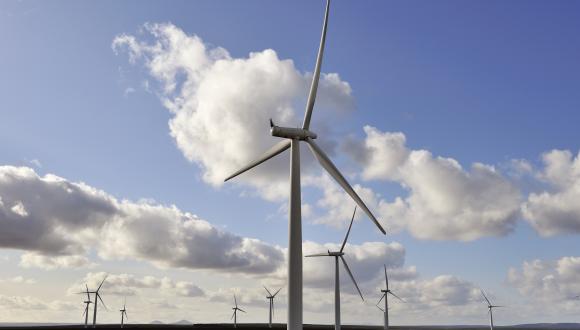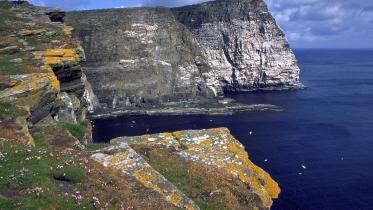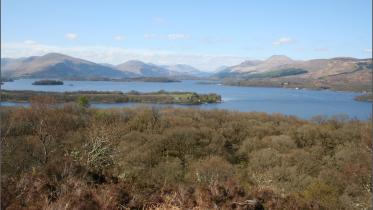NatureScot Research Report 1019 - Avoidance rates of herring gull, great black-backed gull and common gull for use in the assessment of terrestrial wind farms in Scotland
The avoidance rates used for large gulls in collision risk modelling for wind farms differed between the marine and terrestrial environments.
This anomaly was a result of the avoidance rate estimated for marine casework was higher (less precautionary) than the rate already in use for terrestrial wind farms.
The differing avoidance rates became an issue for a limited number of wind farm proposals where the cumulative impact assessments for SPAs required the combination of collision risk estimates from both onshore and offshore wind farms. These were mostly in Caithness where wind farms had connectivity to the East Caithness Cliffs SPA.
The review of the terrestrial and marine avoidance rates of herring gull, and other large gulls, was commissioned to see if there was a valid case for differing avoidance rates onshore and offshore and if the higher marine avoidance rate was also suitable for onshore proposals.
Pages: 18
Published: 2019




